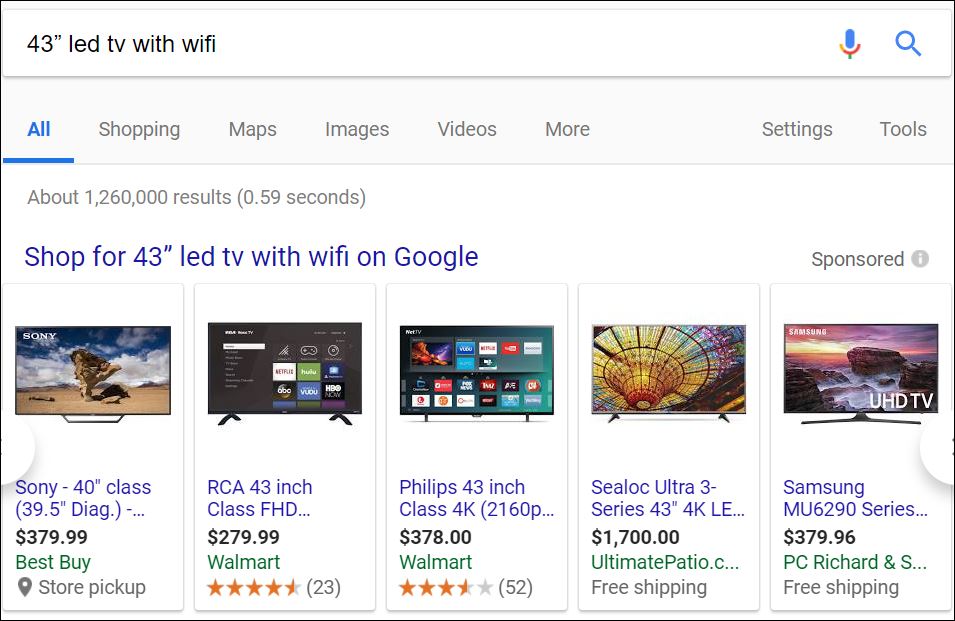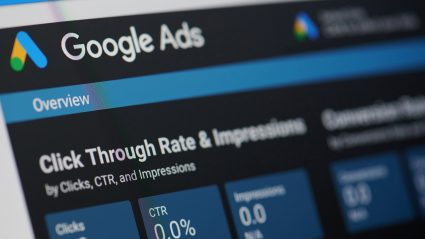There are several strategies for setting up shopping campaigns. This straightforward strategy focuses on query segmentation, which will help advertisers capture 3 things: maximum relevant search impression share, conversion volume, and conversion efficiency (ROAS).
Part 1: Campaign Tiering (Setting Priority Levels)
Don’t get hung up on the term “priority.” When setting priority levels for your campaigns, think of the levels “high, medium, and low” as 1st, 2nd, and 3rd. These level don’t refer to importance of the campaign; they refer to the order at which campaigns can claim the responsibility of capturing a search query. When a keyword is searched that is relevant to the products in your campaigns, the “high” (1st) priority campaign will populate an ad for that query. If all of your products are in each of your shopping campaigns, your “high” priority campaigns will always get 1st crack at populating an ad for search queries.
So how do we get our “medium” and “low” priority campaigns to populate ads? Negative keywords. By placing negative keywords on your high priority campaigns, you will allow the search queries specific to your negative keywords to pass the high priority campaigns and connect with ads from the medium priority campaigns (or if there is no medium, then the low priority campaigns).
If you have a high, medium, and low priority level campaign, passing queries to the low (3rd) level campaign requires placing the same negative keywords on the medium level as the high level priority campaign.
Tiering example 1
Company: Best Buy
Campaigns: Non-brand keywords (high) – Manufacture keywords (medium) – Brand keywords (low)
Example 1’s Search Query examples:
43” led tv with wifi (high) – samsung 43” tv with wifi (medium) – samsung
43” tv with wifi from best buy (low)

Multiple TVs with the 43″ options, many brands and manufacturers, results not too specific.
In this example, the negative keyword “best buy” was added to the high and medium priority campaigns, and the negative keyword “samsung” was added to the high priority campaign.
Going back to the beginning of the Campaign Tiering, the highest priority keyword (in example 1) to show an ad for is not in the high priority “non-brand” campaign: it’s in the low priority “brand” campaign. Dominating your branded queries will make sure people who are looking for you will actually find you. Browsers who search queries with specific brands (and sometimes manufacturers) are often more likely to purchase from that Brand website than a competitor’s website.
Browsers who search queries with specific manufacturer names (that sell their products through resellers and other retailers) are more likely to purchase than browsers who search a completely non-branded query. The longer tailed specific keyword, with a manufacturer name, implies the browser has a better understanding of what they want to purchase. This browser is more likely to purchase than a completely non-brand query browser who may still be looking for a manufacturer or brand from which to buy. The non-brand browser is more likely to still be in the research phase, and not the purchasing phase.
Tiering example 2
Company: J Crew (Clothing company)
They don’t sell other brands that are not J Crew, so they can use their medium priority campaign to place separate bids on a themed grouping of keywords. One theme may be “fitted.”
Campaigns: Non-brand keywords (high) – keywords that include the phrase “fitted” (medium) – Brand keywords (low)
Example 2’s Search Query examples:
Plaid shirt (high) - fitted plaid shirt (medium) - j crew fitted plaid shirt (low)
These tiering structures (from examples 1 and 2) allow advertisers to bid intelligently on specific groups of search queries, which will convert and perform differently. It will also allow advertisers to cover a higher impression share on specific queries that perform well, or for which the advertiser would like to have a stronger presence.







Responses